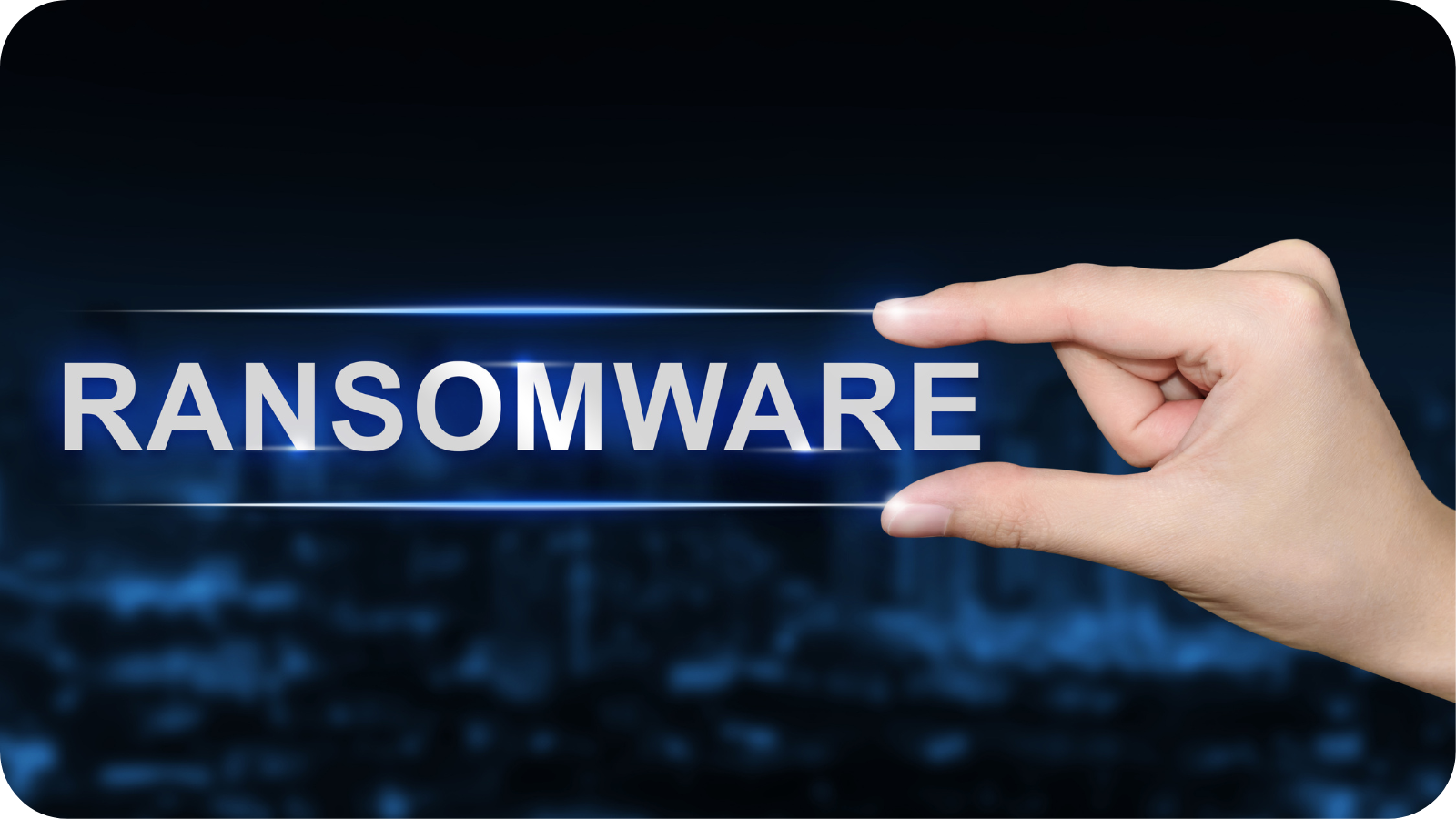
Zero Trust - Celerity Limited
Secure your data, eliminate risk and harness the power of Zero Trust.
Secure data optimisation & proactive backup
Proactive Licensing, Compliance & Asset Management
Agile, Modular, & Secure Cyber Security & Managed Siem
Manage & Transform Multi-Cloud, Hybrid & On-Premise

Software asset management (SAM) is currently undergoing a transformative shift. At Celerity, we work closely with CIOs, IT Directors, and C-suite security leaders to help them manage increasingly complex IT environments. As organisations expand their use of hybrid infrastructure and cloud services, the need for a unified, strategic approach to SAM is more critical than ever.
Software asset management must be integrated into broader IT Asset Management (ITAM) practices. By creating a cohesive strategy that spans hardware, software, and cloud assets, you can boost operational efficiency and enhance cost control. This integrated approach delivers measurable value across the entire IT estate by:
With this alignment, organisations gain greater visibility and governance. Centralised asset tracking means reduced software waste, fewer compliance risks, and better forecasting. This evolution positions SAM not just as a compliance tool, but as a driver of digital transformation and operational resilience.
Software asset management has started to overlap with FinOps. FinOps is the practice of optimising cloud spending, incorporating financial management principles into cloud ops. For IT Directors and Software Asset Managers, this marks a shift in mindset from simply managing licences to strategically optimising IT expenditure.
FinOps principles ensure that software assets, both on-premises and in the cloud, are being used efficiently, and that spending aligns with ROI. By bridging the gap between IT operations, finance, and procurement, FinOps enhances transparency and helps organisations get full value from their software investments.
The regulatory landscape is evolving rapidly, adding another layer of complexity to software asset management. From the Financial Services and Markets Act 2023 (FSMA23) to the EU Digital Operational Resilience Act (DORA), organisations must maintain compliance while managing an increasingly hybrid IT footprint.
Key regulatory developments that impact SAM include:
These regulations require IT leaders to implement more rigorous asset controls, particularly around data sovereignty and software licensing. A mature SAM function helps meet these challenges by:
Industry frameworks like ITIL and guidance from bodies such as the ITSM Service Desk Institute offer valuable tools for embedding SAM into broader IT governance structures. When combined with automation and AI-driven insights, these practices enable organisations to:
Our clients achieve these capabilities through access to industry-leading tools, bespoke strategies crafted by our experts, and data-driven reporting that supports informed decision-making.
Our mission is to help organisations thrive in the face of technological and regulatory complexity. By adopting a forward-looking approach to software asset management, your business remains compliant, efficient, and ready for what’s next.
Ready to modernise your SAM strategy? Explore our software asset management service and how we can help you achieve 20% cost savings.

Secure your data, eliminate risk and harness the power of Zero Trust.

Protecting your business from threats and data loss.

Identifying unlicensed software, monitoring license usage, and ensuring that your organisation abides by its license agreements.
